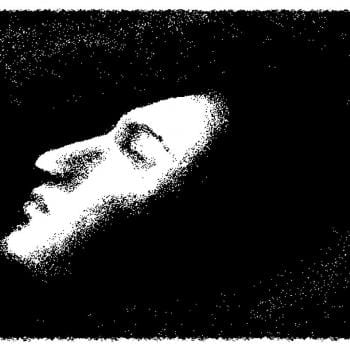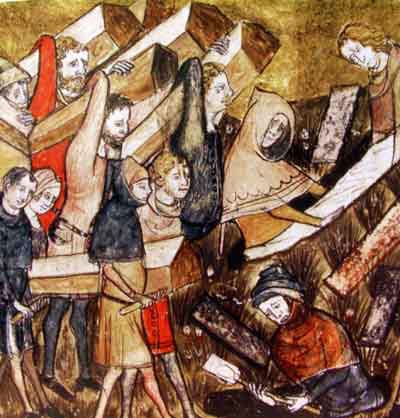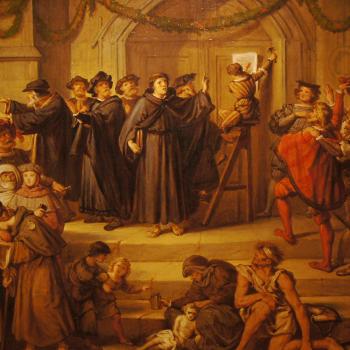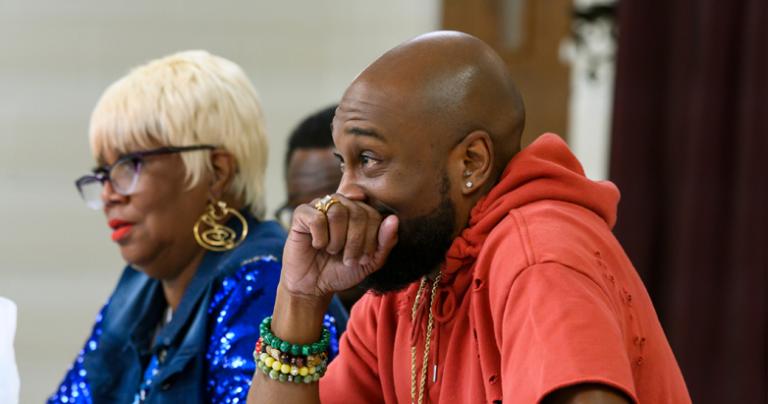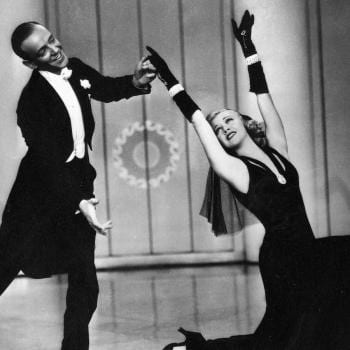- Trending:
- Pope Francis
- |
- Resurrection
- |
- Trump
- |
- Social Justice
- |
- Peace
- |
- Love

RELIGION LIBRARY
Scientology
Early Developments
Scientology's growth through its first decade was capped in 1959 with the purchase of Saint Hill, a rural estate at East Grinstead, Sussex, where L. Ron Hubbard took up residence and lived until 1966. The 1960s began on an optimistic note, but storm clouds had already gathered and the next decades would be dominated by intense controversy.
As early as 1958, the U.S. Internal Revenue Service began to call the church's tax-exempt status into question. Scientology did not seem like a traditional church that organizes itself around a Sunday holy day, worship, and voluntary giving. Through the 1960s, the IRS initiated an investigation (with a consequent demand for back taxes) into the tax-exempt status of the church's various local centers and regional offices; this touched off a sequence of litigation that would last for a quarter of a century. If that were not enough, on January 4, 1963, agents of the Food and Drug Administration raided the Founding Church of Scientology and seized all of its E-meters, the monitoring device used in Scientology counseling. This action set up another lengthy series of lawsuits.
The action by the IRS and FDA had repercussions in Australia and the United Kingdom. In 1965, the government of Victoria, Australia, passed the Psychological Practices Act that prohibited the practice of Scientology, the use of its name, and the dissemination of its teachings. Western Australia and South Australia soon followed suit. In 1969, the Scientology churches in Melbourne, Sydney, Perth, and Adelaide were forced to reorganize as the Church of the New Faith. It would take almost two decades to reverse all of the negative legislation. Then, in 1968, the United Kingdom moved against the church by banning non-citizens coming into England to study or work at Saint Hill, where an advanced training center had been added to the facilities. It took twelve years to reverse the action.
In 1966, Hubbard resigned all official administrative positions with the church. Given the title "Founder," he and a group of fellow Scientology leaders moved aboard three ships the church had purchased to continue his development of Scientology and to write. At this time, the church program as developed by Hubbard was primarily built around assisting church members in their personal development, directing them in ways to clear the negative effects of the mind and to attain a state termed "Clear." Once Clear, the spiritual self, the thetan, could begin to act freely and become what was termed an Operating Thetan.
Hubbard released materials for the first levels of Operating Thetan training (OT I & II) just before moving aboard the ships. A few months later, in 1967, from his seaboard office he released training materials for OT III. About this same time, he also announced the formation of a new association, the Sea Organization (Sea Org), a fraternity of dedicated Scientologists who were charged with delivering the new OT levels to the membership. He would make OT levels IV, V, and VI available in 1968. A revised OT VI and an OT VII were released in 1980.
Life aboard the ships came to an end in 1975. That year the church acquired various properties in downtown Clearwater, Florida, and the personnel from the ship moved into new facilities, the Flag Land Base. When the local population learned of the move, they responded with intense anger. Tension would remain high for many years.
A government raid on the Los Angeles and Washington, D.C., churches on July 8, 1977 overshadowed the initial problems in Clearwater. The raid had been prompted by the discovery that the Guardian's Office had infiltrated the FBI and other government agencies in search of files on the church. As a result of the raids, eleven officials and agents of the Guardian's Office were indicted, including Jane Kember, the international head of the office, and Hubbard's wife, Mary Sue. In the end, the defendants were convicted of relatively minor crimes, but public revelations of the actions of the Guardian's Office opened the church to broad censure from both religious and secular leaders. The incident became a decisive moment in the church's life and led to the emergence of new leadership and a major international reorganization.
The first change addressed the Guardian's Office itself, which was disbanded. New leaders arose, most notably David Miscavige, a relatively young organizer who had emerged in the Sea Org and who presently remains a high-ranking member of the church. Along with numerous personnel shifts, a larger reorganization resulted in the birth of two new corporations under which Scientology was realigned. First, a new mother church structure (not unlike that in Christian Science), the Church of Scientology International, was created to oversee the expansion of Scientology around the world, guide local churches in the application of the teachings (i.e., the technology), and assume many of the duties formerly assigned to the Guardian's Office, such as public relations and legal affairs. The second new corporation, the Religious Technology Center, appeared in 1982. It now has ultimate ecclesiastical authority in the church. Hubbard would eventually turn over all of the trademarks and service marks utilized by Scientologists to the new center, which has since controlled the licensing of these items to other church (and non-church) entities.
The reorganization also led to the further elevation of the Sea Org. Its members would eventually assume control of all the executive and policy-making positions above the local church level throughout Scientology. All the church officials who run or have any position of responsibility within the Religious Technology Center and the Church of Scientology International are also individually members of the Sea Organization.
Once reorganized, the church attempted to put its problems behind it, but controversy continued. Through the 1980s, the cult awareness movement, which consisted of a number of diverse organizations and individuals who opposed the many new religious groups that were developing at the time, included Scientology among those groups popularly referred to as a brainwashing cults, and the church had to respond to several multimillion-dollar lawsuits. The litigations concerning brainwashing were largely terminated when a federal judge refused to hear expert testimony on brainwashing in a 1990 case involving a former Scientologist.
In 1995, Scientologists became involved in a lawsuit brought by a person who had been unsuccessfully deprogrammed against the individuals who had attempted to separate him from his church. This led to the bankruptcy of the Cult Awareness Network, the activist wing of the cult awareness movement. Even as Scientologists moved to bring down the Cult Awareness Network, they also finally succeeded in ending their lengthy battle with the Internal Revenue Service, which in 1993 granted all of the United States corporations of the church tax-exempt status.
Study Questions:
1. Why did Scientology struggle for tax-exempt status?
2. Where was Scientology banned? How did it reorganize?
3. Describe Scientology's acquisition of land throughout its development. Did this hinder or help the movement? Why?
4. What is Sea Org?
4. How have legal matters shaped Scientology throughout its history?



